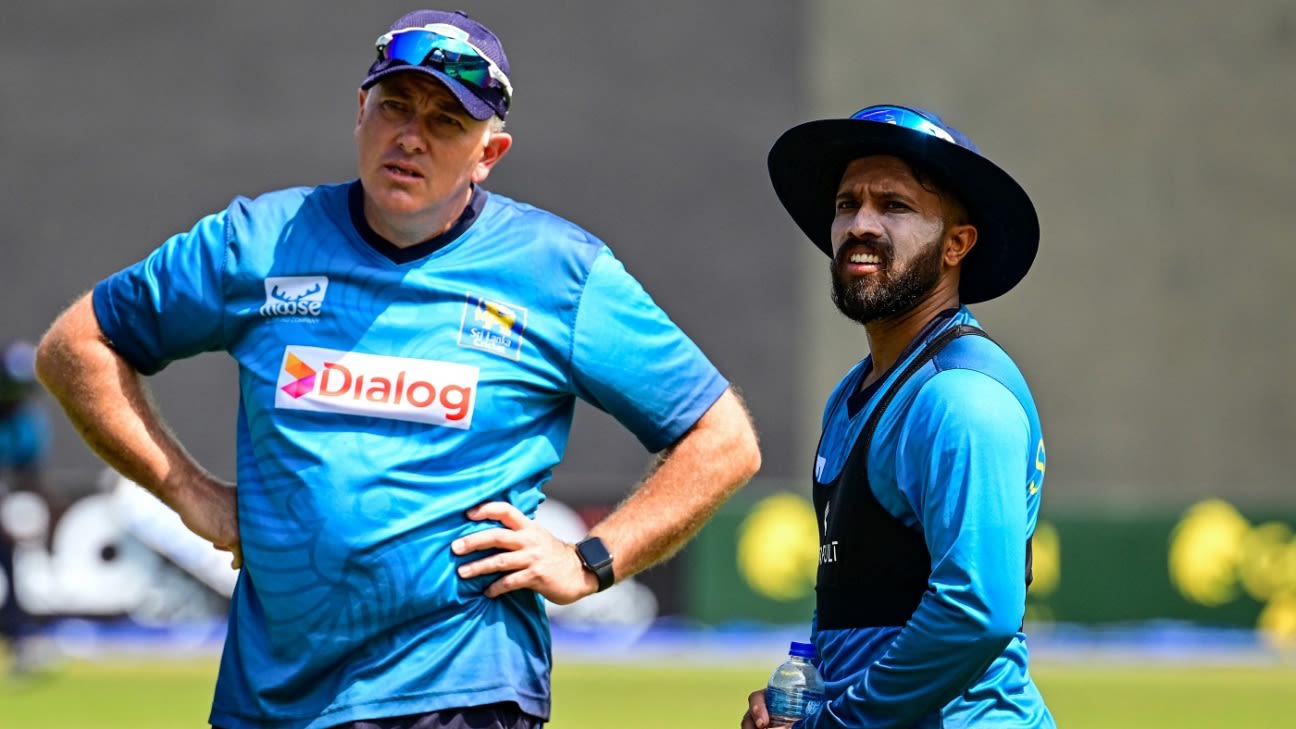Silverwood: 'Our game plan is better suited to flat pitches'
Written by I Dig Sports
"If we just look at 50-over cricket for the moment, our game plan is better suited to good wickets," Silverwood said on the eve of the third ODI against Afghanistan. "I asked for flat wickets and thankfully I got the support in that from the powers that be."
"For how we want to play our cricket, the nature of how we want to play it, then we need good wickets to do that. And to also allow players the opportunity to galvanise that game plan through the fact that you can go out and do it time and time again. Slow, low wickets don't suit us to do that.
"For me the wickets have been excellent here [in Pallekele]. Yes, we've seen lots of runs, but that's what we want. We need to be able to put up those big scores and then we need to be able to defend them."
In terms of defending those big totals, in the first game, despite Sri Lanka piling on a mammoth 381, Afghanistan ran them close only falling at the final hurdle following a spirited chase. In the second game however, with 308 defend, Sri Lanka's bowlers made life much tougher for Afghanistan, ultimately resulting in a monumental collapse where the visitors lost their final eight wickets for just 25 runs.
For Silverwood, this outcome was especially satisfying as it had been a result of the players actively taking on board and implementing the feedback from the coaching staff.
"After the first game I thought there was plenty of room for improvement," Silverwood said. "So we sat the lads down - all of them, not just the bowlers - and we showed them using the Hawk-Eye data what we were talking about. The areas that we bowled, the lengths that we bowled, what was and wasn't successful, and talked about how we were going to tighten that up. And they did it beautifully in the last game.
"Other things that we use is first and sixth ball - can you start your over well and finish your over well? Can you push the pressure back on to the batsman, and make them play the big shot? Rather than giving runs either side of the over. And it's the job of the next bowler to pick up where they left off. So you're constantly trying to build that pressure on to the batsman. And I think you saw us do that, particularly in the last game. We saw that with the boundary count coming down."
Silverwood, who has been working closely with the Sri Lankan seamers, was full of praise for Fernando, who up until then had been primarily categorised as a Test bowler.
"He certainly put his best foot forward in the last game," Silverwood said. "The way he turned up on short notice, and the way he performed was fantastic. The skills that he's got - what he showed us during the Test match - lend themselves very well to one-day cricket as well. The way that he can hit length hard time and time again, the lines that he bowls are very tight, and he's got a very accurate bouncer.
"For me, we need to keep pushing him on, keep working on that slower ball so he has that variation, but as for the basic skillset required to be successful in 50-over white-ball cricket he certainly showed he's got that in the last game."
Going forward, the plan unsurprisingly is to build towards stability so that Sri Lanka can have a far better showing at the next ODI World Cup in 2027.
"We are in that building phase again now, we're building for that World Cup, and we have to make sure that we put all the building blocks in place," Silverwood said. "So when we do arrive there we're in a good place, everybody's got experience under their belt, everybody knows their roles, and everybody has had success along the way as well so they carry that confidence with them."















 Phone: (800) 737. 6040
Phone: (800) 737. 6040 Fax: (800) 825 5558
Fax: (800) 825 5558 Website:
Website:  Email:
Email: 






